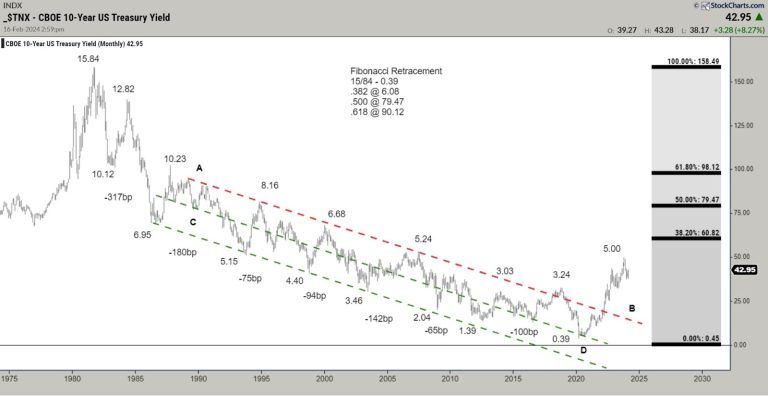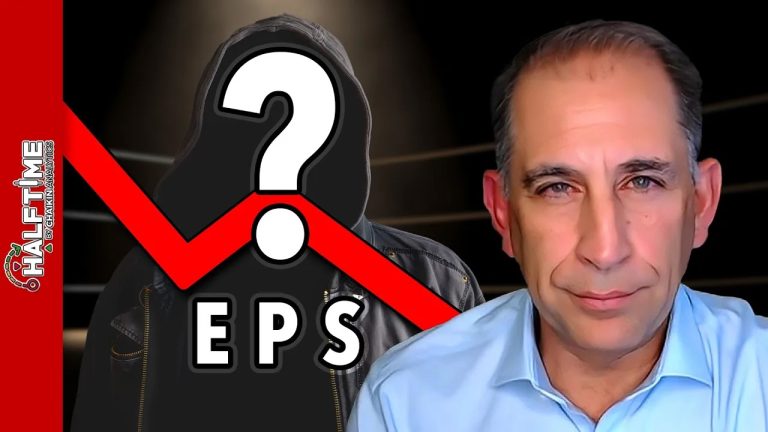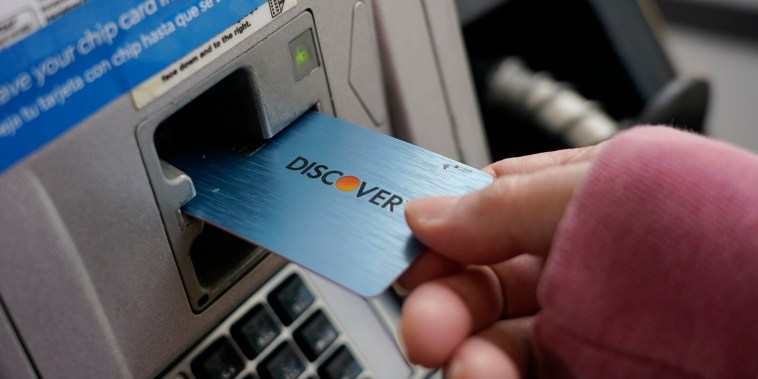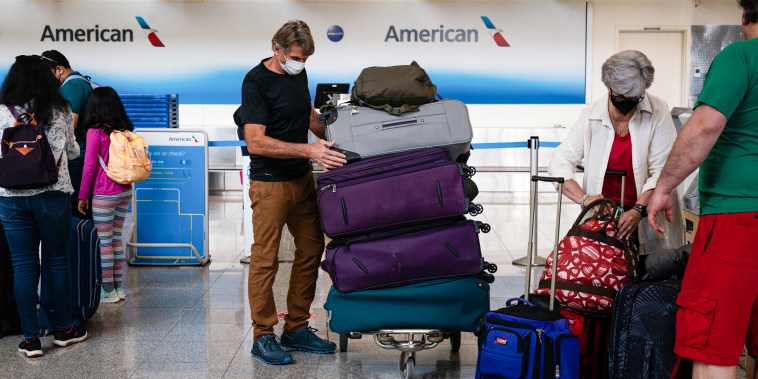As the cost of living continues to be a crucial concern for voters, there’s an urgent need for candidates to present viable solutions for making health care both affordable and accessible. Here are five fresh principles for health care reform that can resonate across party lines.
. One of the biggest reasons major Washington-led health care reforms have failed to lower health care costs is because they focus on health insurance instead of health care, and very little on health itself.
ObamaCare and the Inflation Reduction Act are perfect examples. Every year, these programs give more money to health insurance companies to offset the costs of higher premiums for people with larger incomes. A better approach is to fund American patients, not health insurance companies, by giving them direct control over the subsidy they qualify for and let them use it to buy the care and coverage that works best for them.
To further stop this doom loop, lawmakers must shift their focus from merely subsidizing insurance premiums to addressing the underlying issues of high health care prices and excessive demand. Lower prices and lower demand will lead to lower premiums.
.The challenge for Washington in focusing on health and health care is that they are both local issues, not national. Health care is delivered in a local setting, and the quality of care you receive is largely linked to what is available locally. Meanwhile, population health is much more influenced by local conditions than national ones.
This means a command-and-control approach from Washington to improve the health of our people and the quality of care they receive is doomed to fail. Instead, the Centers for Medicare and Medicaid Services should leverage its position to be a facilitator of change at the local level rather than an imposer of change.
One example of how this could be done is block grants and waivers in Medicaid, which would empower states and local communities to best cover and improve the health of vulnerable populations.
The current health insurance, big government-dominated system is your old cable bundle. The health care system of the future is streaming on demand. We need reforms to move us toward on demand, and that means enabling patients to cut out the middleman.
Direct care clinics allow patients to cut out the insurance middleman and pay doctors a monthly fee that gives them on demand access to their services. This arrangement is better for patients and doctors. By eliminating insurance company paperwork and getting doctors off the revenue cycle roller coaster, doctors can have smaller patient panels and spend more time with patients.
Washington can support the growth of direct care by allowing Direct Primary Care memberships to be paid for with Health Savings Accounts funds. We should also make them available to Medicaid, Medicare and ObamaCare patients using their benefit dollars.
We are conservatives committed to free market principles, but we also recognize that a successful market for health care needs very strong rules in place to protect patients.
This is because health care is not your prototypical, Adam Smith-style marketplace. The asymmetry of information between patients and doctors is enormous, and the presence of the third-party payer means patients have no concept of the value of the care they receive.
Transparency can help even the playing field, bringing much needed accountability to the health care system. This means strengthening price and quality transparency for providers, so patients and self-insuring companies can find the best value for their health care dollars.
It also means transparency into the business practices of the health care middlemen like managed care companies, wholesalers and pharmacy benefit managers. For instance, self-insured companies must have the right to see their claims data so they can audit their expenses. Drug manufacturer rebates to pharmacy benefit managers must be exposed and the savings should be passed on to patients at the pharmacy counter.
We also need visibility into provider network contracts to see if hospitals are leveraging their size or position to force coverage of low value procedures (such as in-hospital imaging) and shut out competition.
. Finally, candidates must remember that as much as voters are demanding solutions to make health care more affordable, these solutions cannot come at the expense of patients getting the care they need. Americans view health care primarily as a moral issue, and an economic one second. Rationing from the government or private sector is not an acceptable solution.
By treating the underlying issues of high costs and inefficiencies, localizing health care solutions, eliminating the middleman when possible, demanding transparency, and recognizing health care as a moral imperative, we can create a system that truly serves the needs of all Americans.
This is an approach to health care reform that could transcend party lines and genuinely serve the American people.










